From the Biggest to the Longest, Five Amazing Caves To Visit
New measurements revealed the world’s largest cave, which is unfortunately off-limits. But what are some other impressive underworlds open for visitors?
/https://tf-cmsv2-smithsonianmag-media.s3.amazonaws.com/filer/54/94/5494bef0-defe-4e9d-bf18-76f1dba9d0ba/e1cvoiqixrtxl405gnwyzotlb7f3zoe48n2ngjbg9ewnsqksckpiornvrzpdnbruhsluhrdjaxzhusjpcmf1hu.jpg)
Last weekend, cave explorers, scientists and geologists gathered at Hidden Earth, the United Kingdom's annual caving conference, to answer an important question: What's the largest cave in the world? Until then, the largest known cave chamber was thought to be Borneo's Sarawak Chamber, which is so large that it can fit multiple full-size airplanes inside. But after extensive laser scanning, cave explorers had a different cave to nominate: the Miao Room cavern, a chamber beneath China's Ziyun Getu He Chuandong National Park, accessible only by an underground stream. Precise laser measurements proved that Miao Room is the largest known cave chamber in the world by volume, measuring 380.7 million cubic feet (the Sarawak Chamber still has a larger surface area than the Miao Room chamber, however).
Unfortunately for non-professional cave explorers, the Miao Room cavern, located with the Gebihe cave system, isn't open to public visitors. But if you want to experience the amazing world beneath the Earth's surface, consider a trip to one of these five amazing caves instead.
Son Doong Cave, Vietnam
In 1991, Ho Khanh, a man living in the jungles of Vietnam, discovered the entrance to a cave, but the descent into the opening was steep—dropping more than 200 feet—and Khanh was unable to enter. His discovery drew the attention of explorers, who made it their mission to enter the cave. In 2009, spelunkers from the British Cave Research Association (BCRA) lead the first expedition into the Son Doong Cave. What they found was one of the largest caves known to man: Son Doong measures over 5.5 miles in length, and some of its caverns are large enough to hold a 40-story skyscraper.
Son Doong is also home to a virgin jungle growing more than 600 feet beneath the Earth's surface, in a portion of the cave where the roof has collapsed, allowing natural sunlight to filter down. Plants both small and large can thrive in the cave jungle—trees there can grow nearly 100 feet tall. The jungle's larger plants provide home to animals not normally found below the Earth, like monkeys. A river also flows within the Son Doong Cave—in English, Son Doong Cave means "Mountain River Cave."
In 2013, Oxalis Adventures became the first (and only) licensed company to run tours into the caves. For $3,000, tourists were granted a six-day trip deep into the cave's interior. In 2015, Oxalis plans to offer eight trips a month into the cave, lead by BCRA experts who were all part of the original expedition into the cave.
Mammoth Cave, Kentucky, U.S.A.
On the surface, Mammoth National Park in central Kentucky encompasses around 80 square miles, but underneath lies a twisting labyrinth of limestone caves, creating a network that earns the title of the longest cave system in the world. 365 miles of the cave have been explored to date, but no one knows how far the cave system actually extends, as new caverns and recesses are continuously being discovered.
The first human to enter Mammoth Cave descended into its winding passages over 4,000 years ago. Today, the cave is a massive tourist attraction, with more than 390,000 visitors passing through its limestone halls each year. One of the cave's most remarkable features is the abundance of stalactite formations, which number in the thousands and were created from years of water seeping through the cave's limestone ceiling.
Mulu Caves, Borneo
The Mulu Caves, located in Gunung Mulu National Park on the island of Borneo, are home to the world's largest cave chamber by surface area, as well as one of the largest cave passages on Earth. The Sarawak Chamber, which measures 1.66 million square feet, is nearly 2,000 feet long and over 260 feet high—so large that it could hold 40 Boeing 747 airplanes. Deer Chamber, one of the largest cave passages on Earth, is so big that it could fit five cathedrals the size of Saint Paul's in London inside its cavernous walls. Thousands of bats live within the Mulu Caves, and exit every day around sunset in search for food, offering tourists a magnificent display of their exodus.
Sistema Sac Actun, Mexico
Located just miles from the Mexican village of Tulum, the Sistema Sac Actun is the second-longest known underwater cave system in the world; over 130 miles of it have been explored so far. The underwater cave is usually accessed through the Gran Cenote, a hugely popular destination for snorkelers and scuba divers alike. The cenote, or sinkhole, is one of hundreds that dot the expansive cave system. It is open all day to visitors, who can swim in its waters for a small fee.
New Athos Cave, Georgia
The country of Georgia is home to the world's deepest cave, the Krubera cave, which plummets 7,208 feet into the Earth. Unfortunately, the bathophobia-inducing locale isn't open to visitors, so those looking for an alternative will need to travel to the New Athos Cave (also called the Novy Afon Cave), located inside Georgia's Iverian Mountain.
In 1975, the town of New Athos decided to construct a railway within the cave for the purpose of luring tourists. The idea worked, and today, the New Athos Cave is one of Georgia's most popular attractions. The largest chamber in the cave is over 850 feet long and 160 feet high, and the cave itself is thought to be one of the largest in the world, though much of it remains unexplored.
/https://tf-cmsv2-smithsonianmag-media.s3.amazonaws.com/accounts/headshot/natasha-geiling-240.jpg)
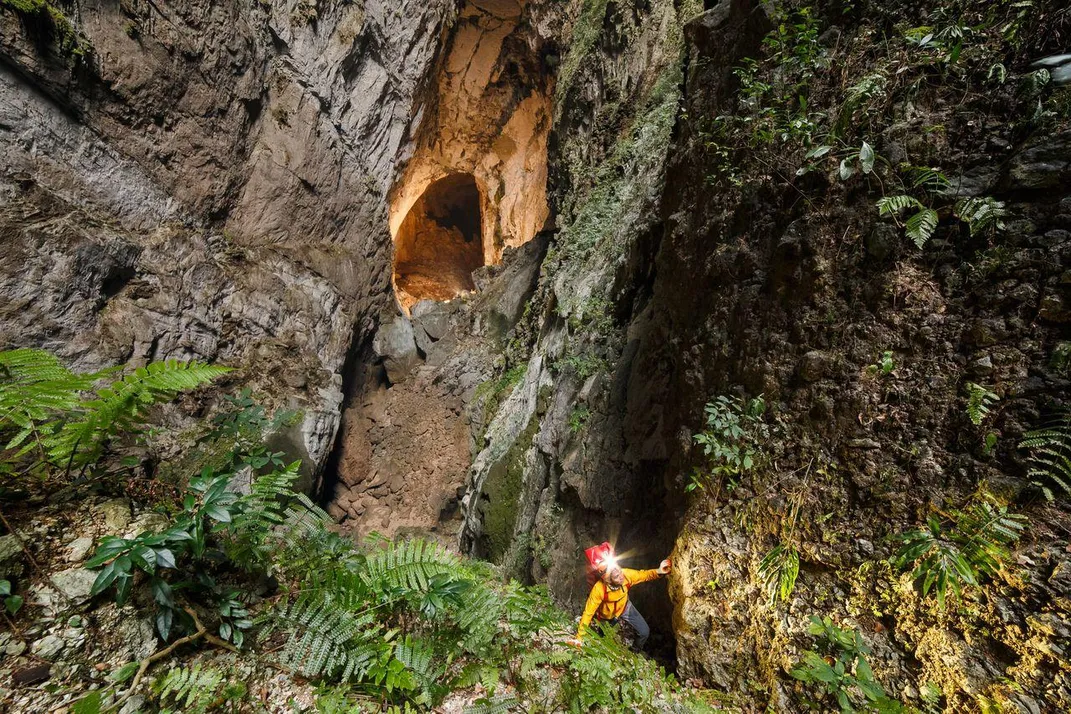
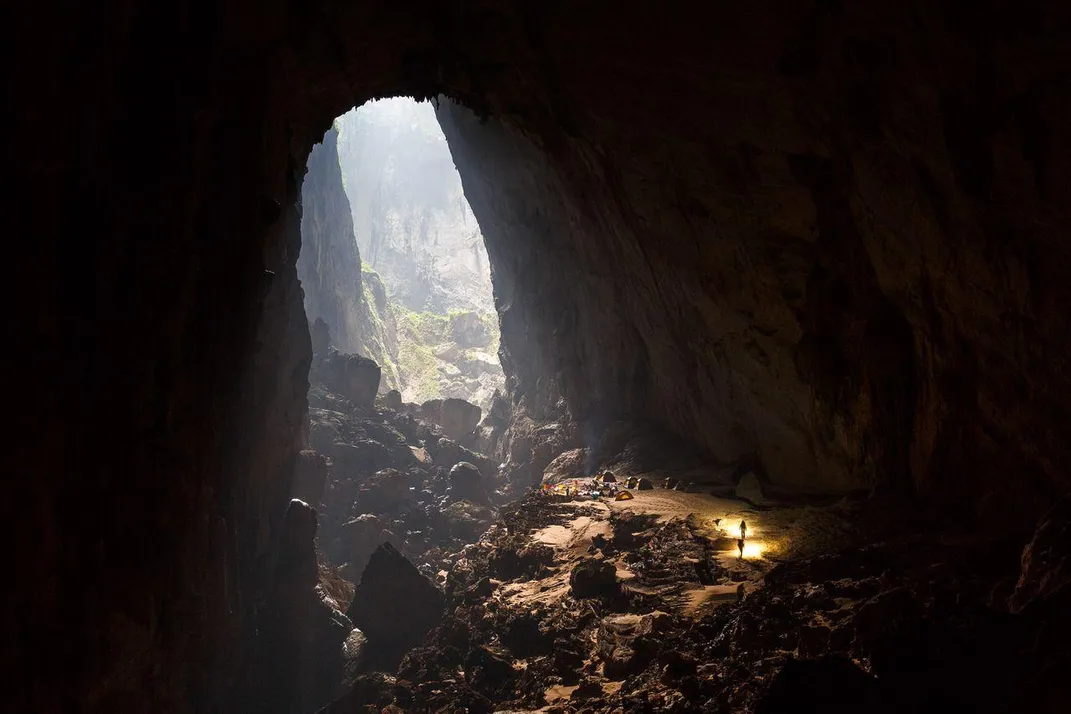
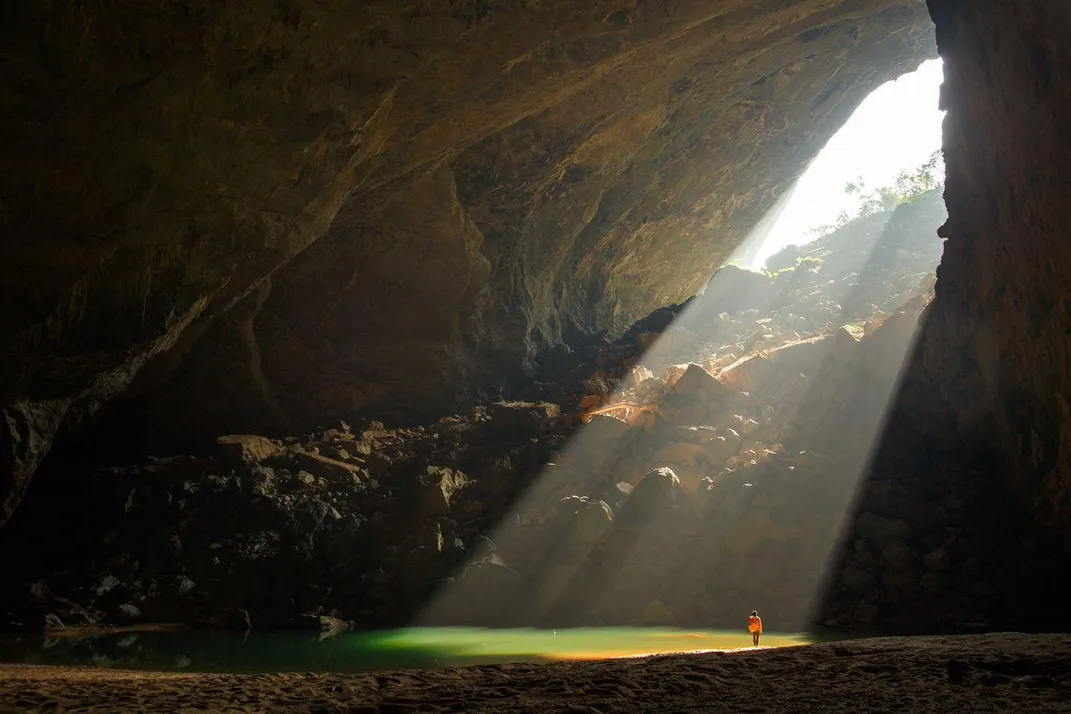
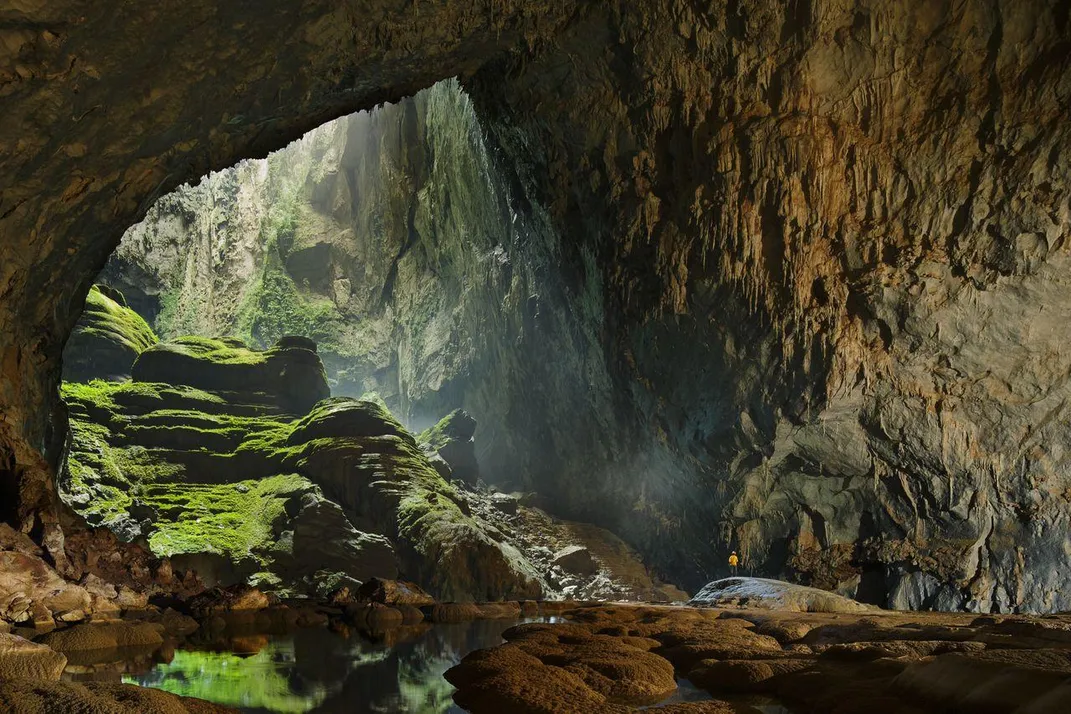
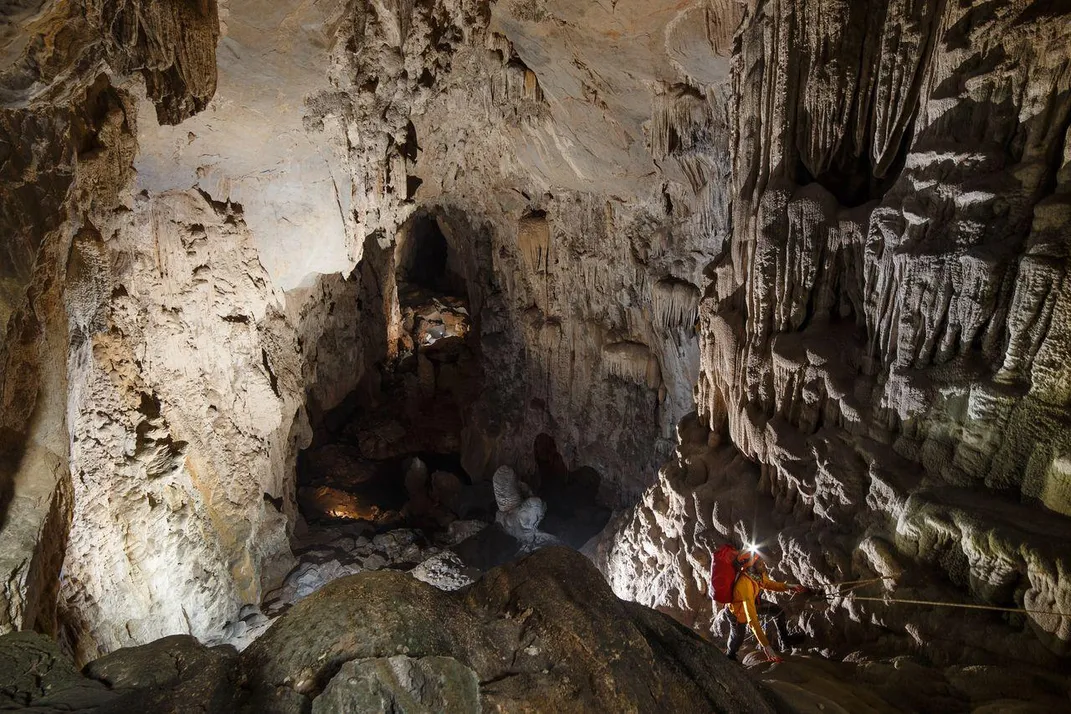
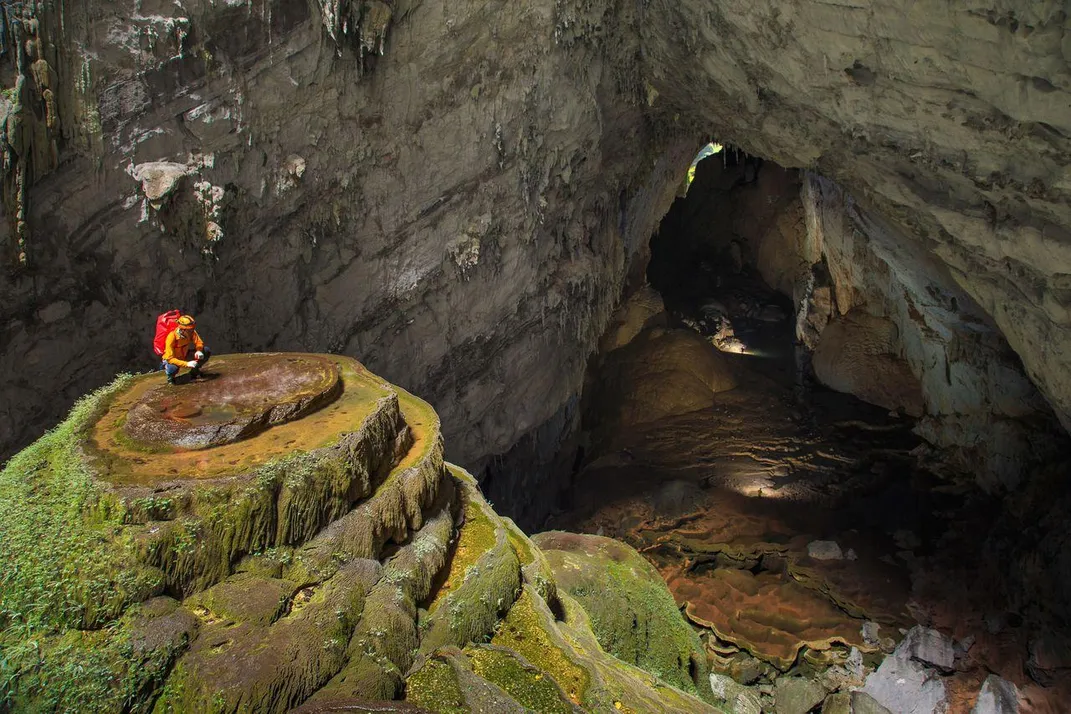
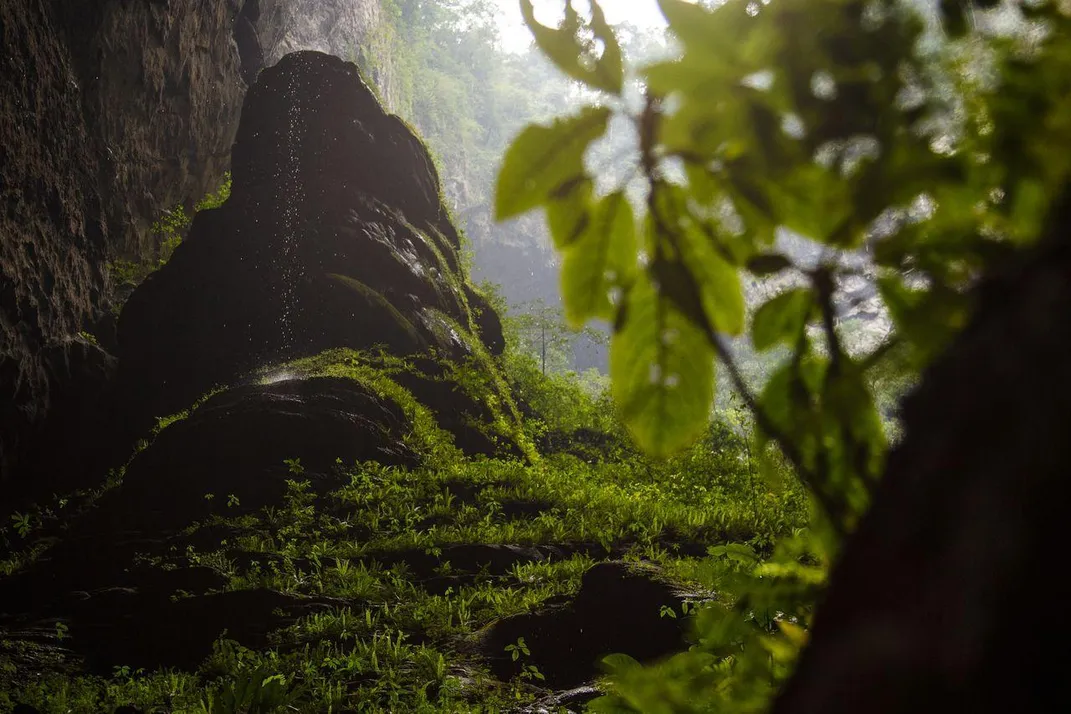
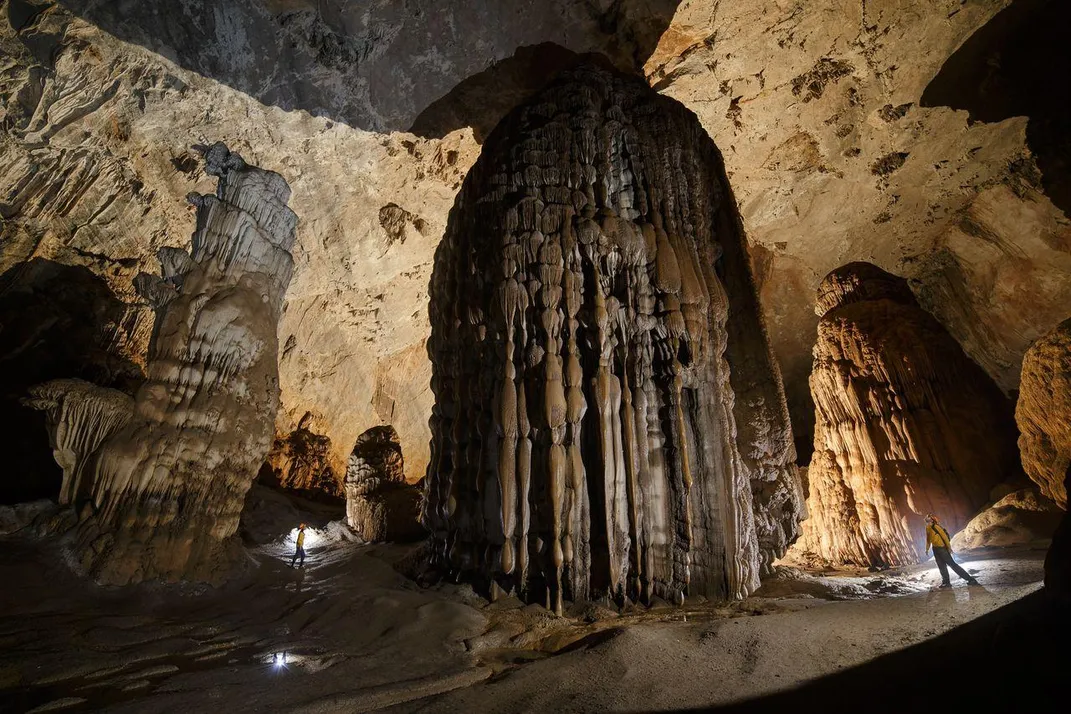
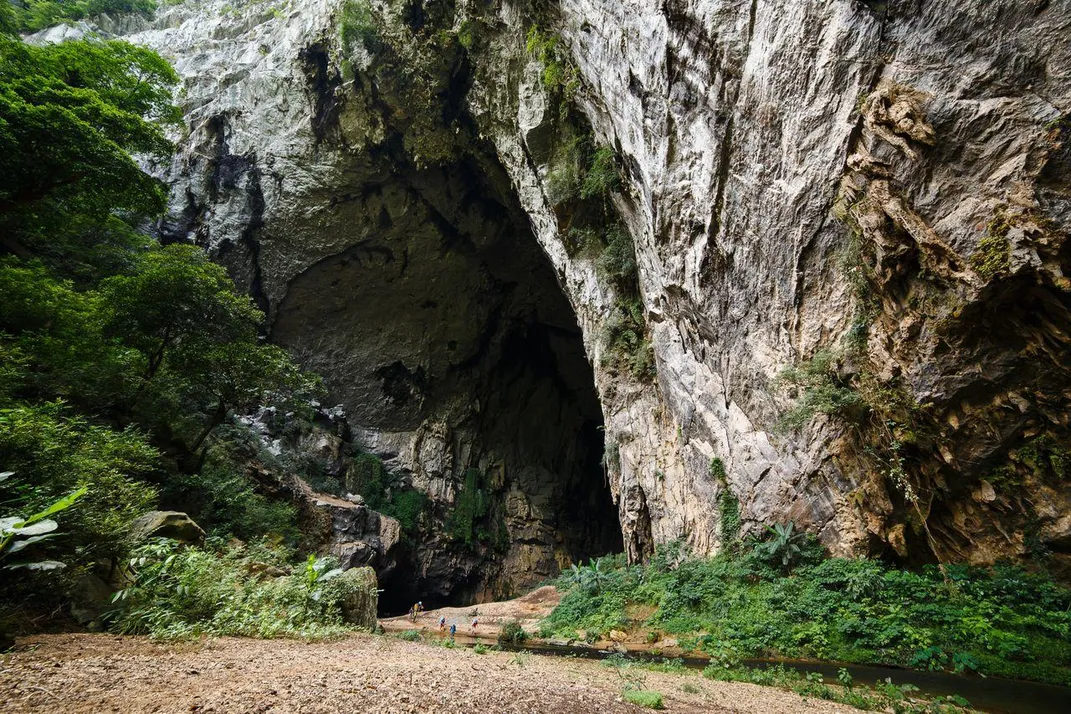
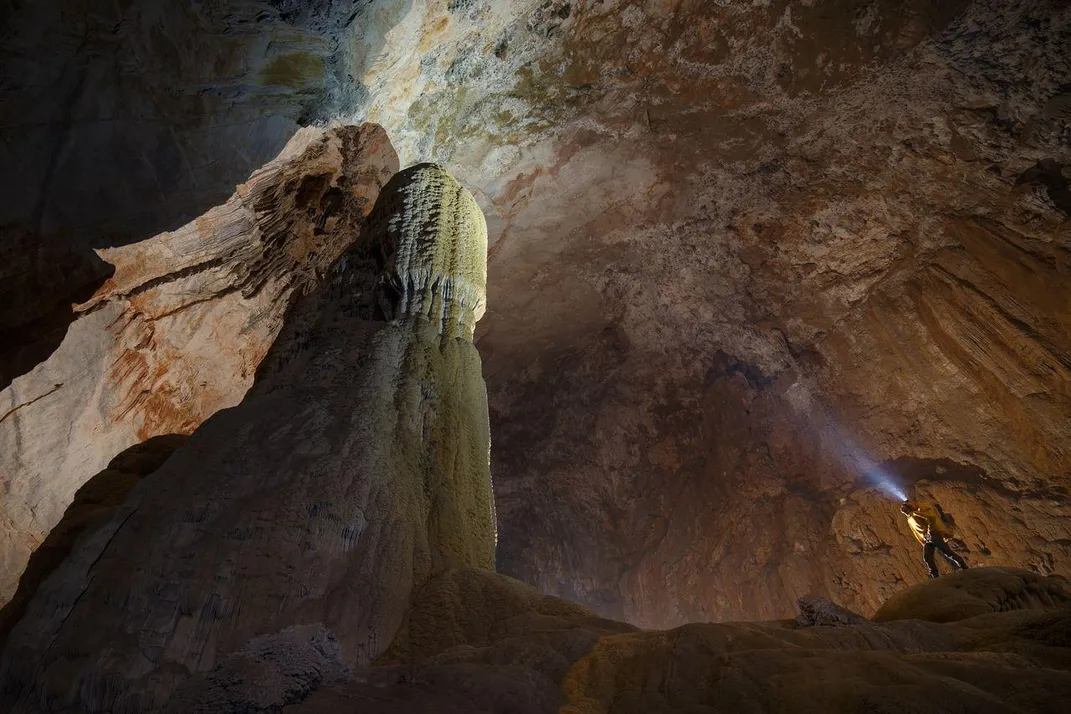
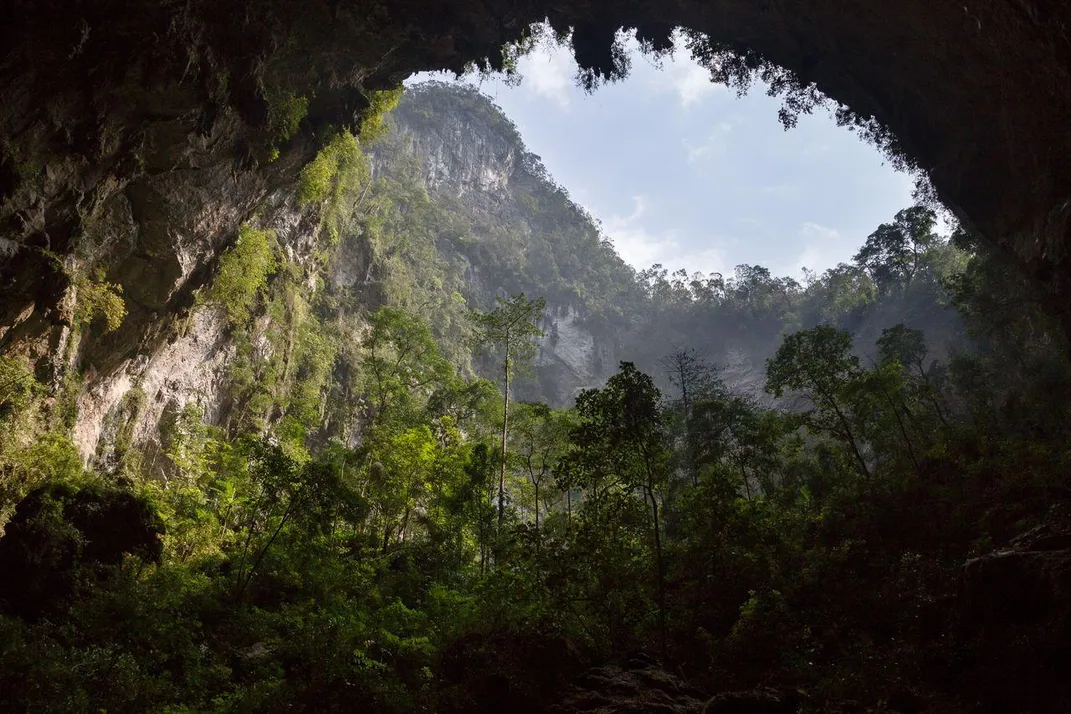
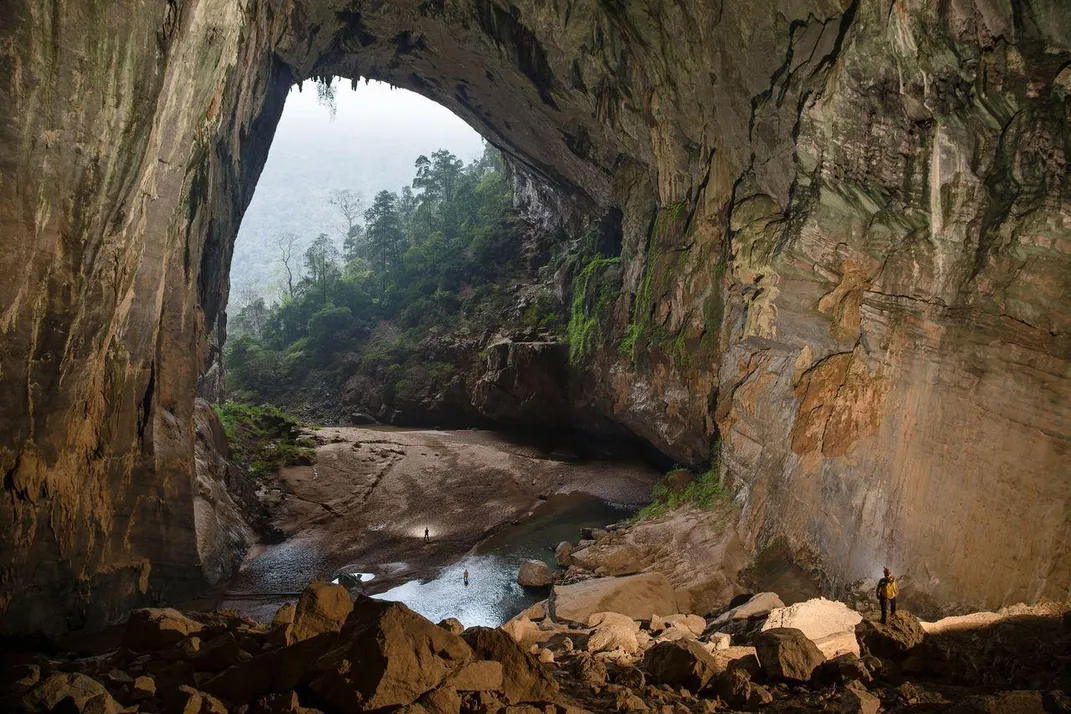
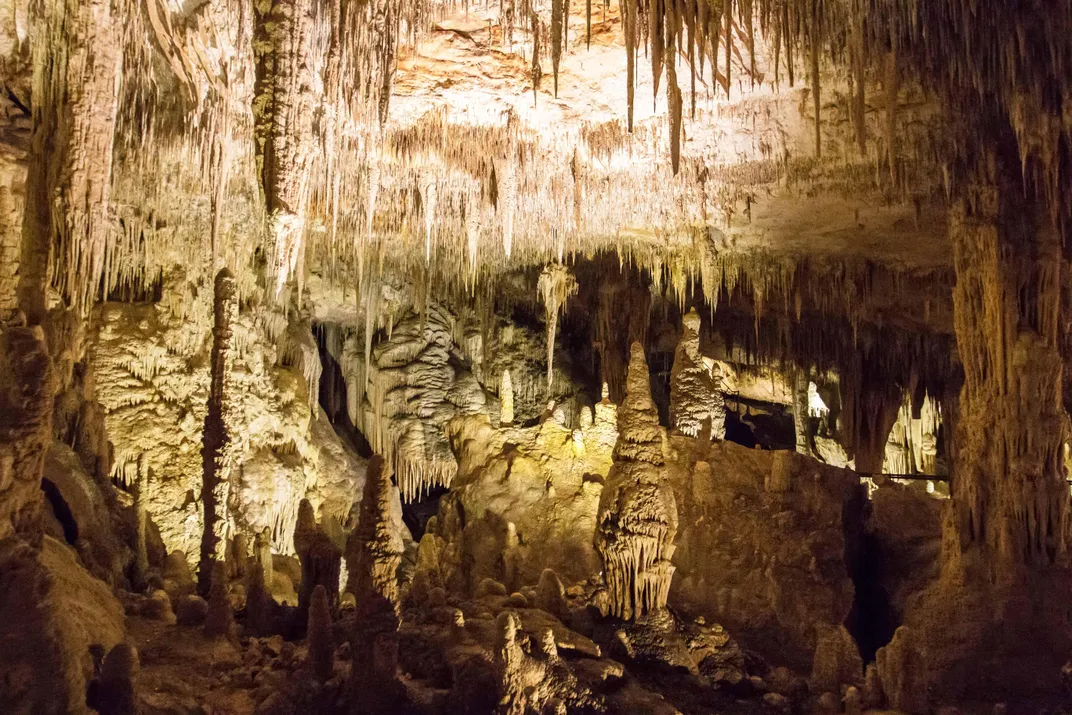
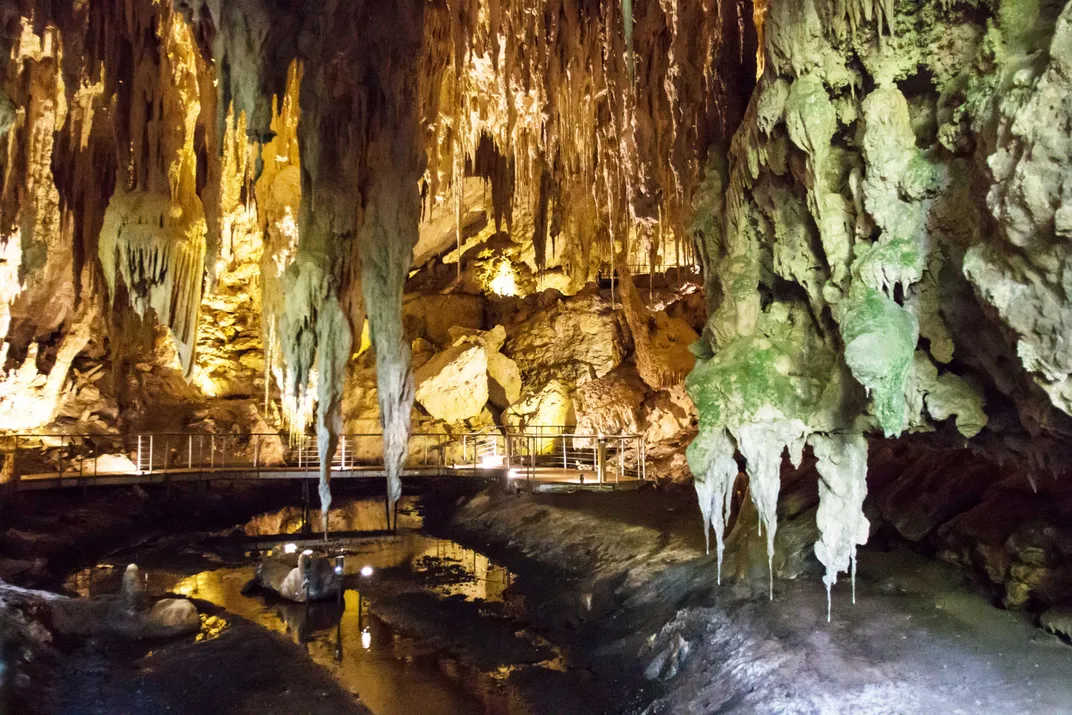
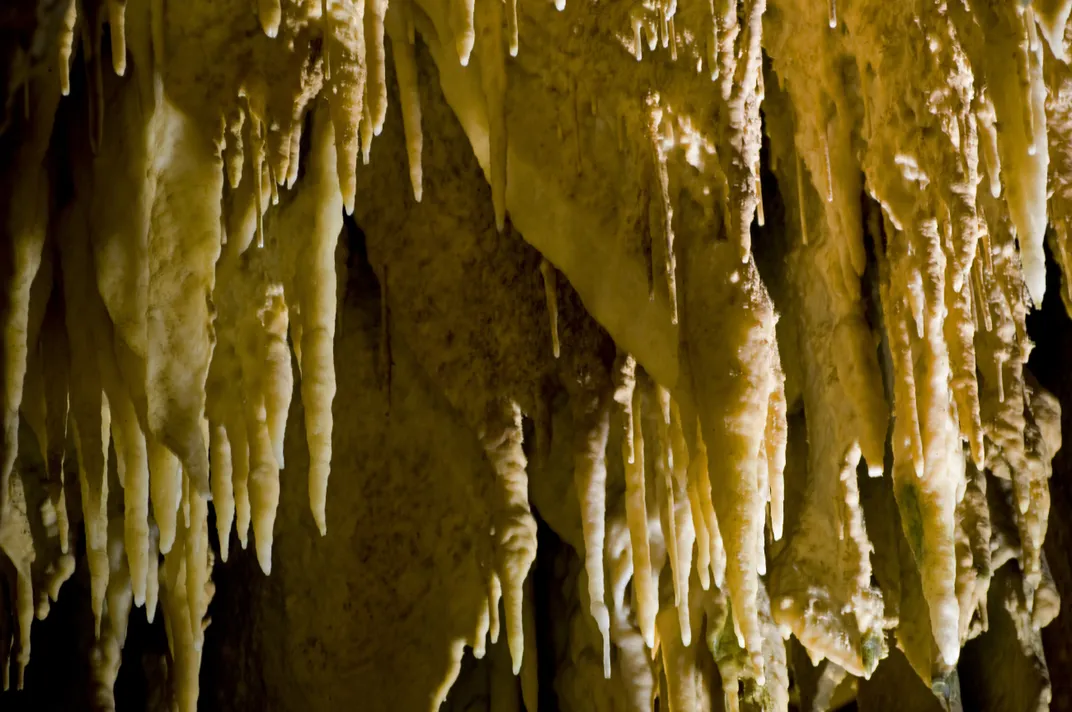
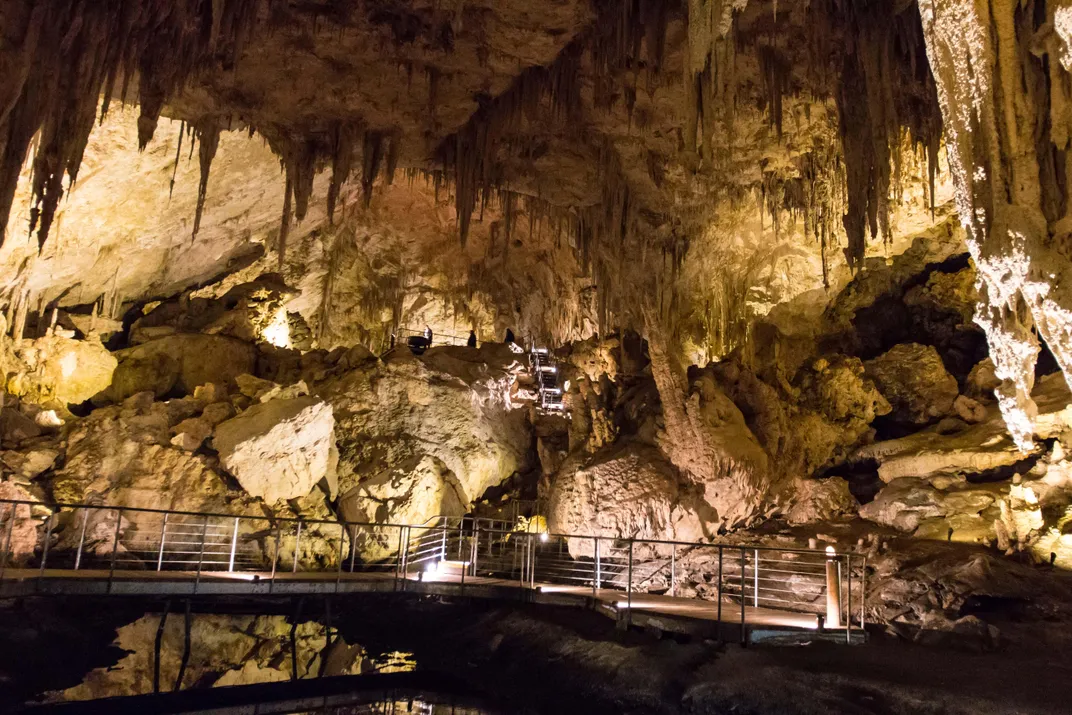
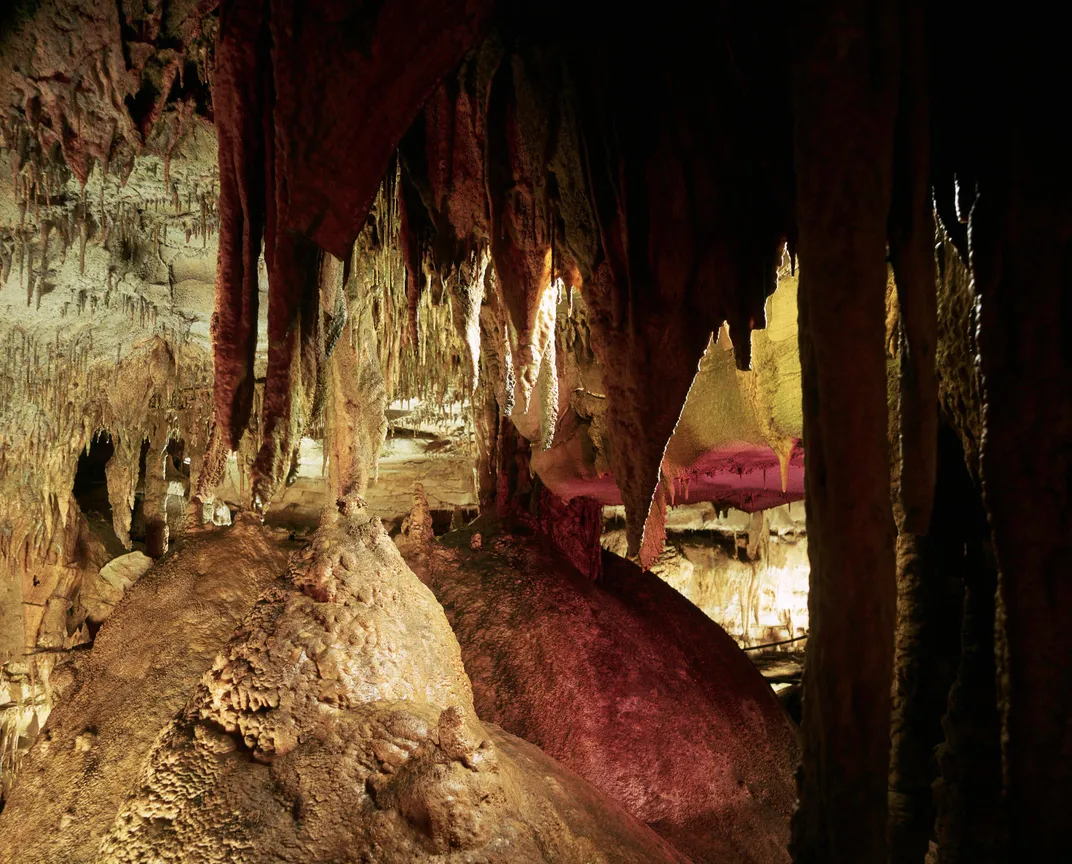
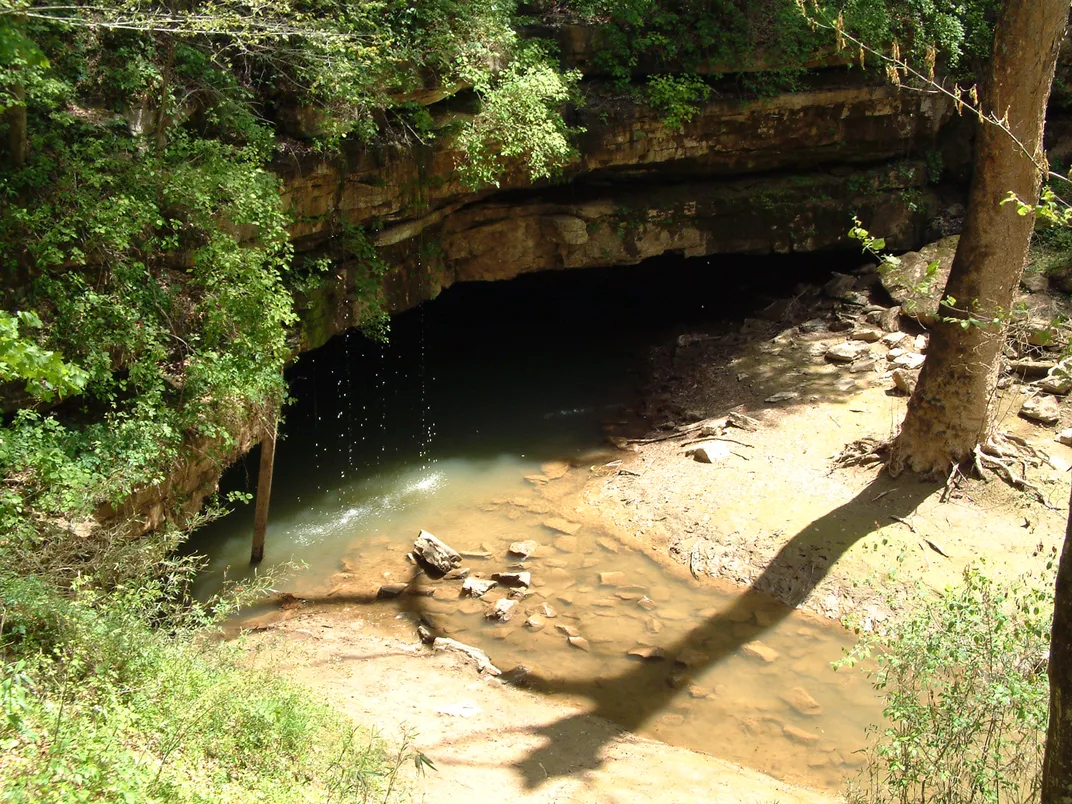
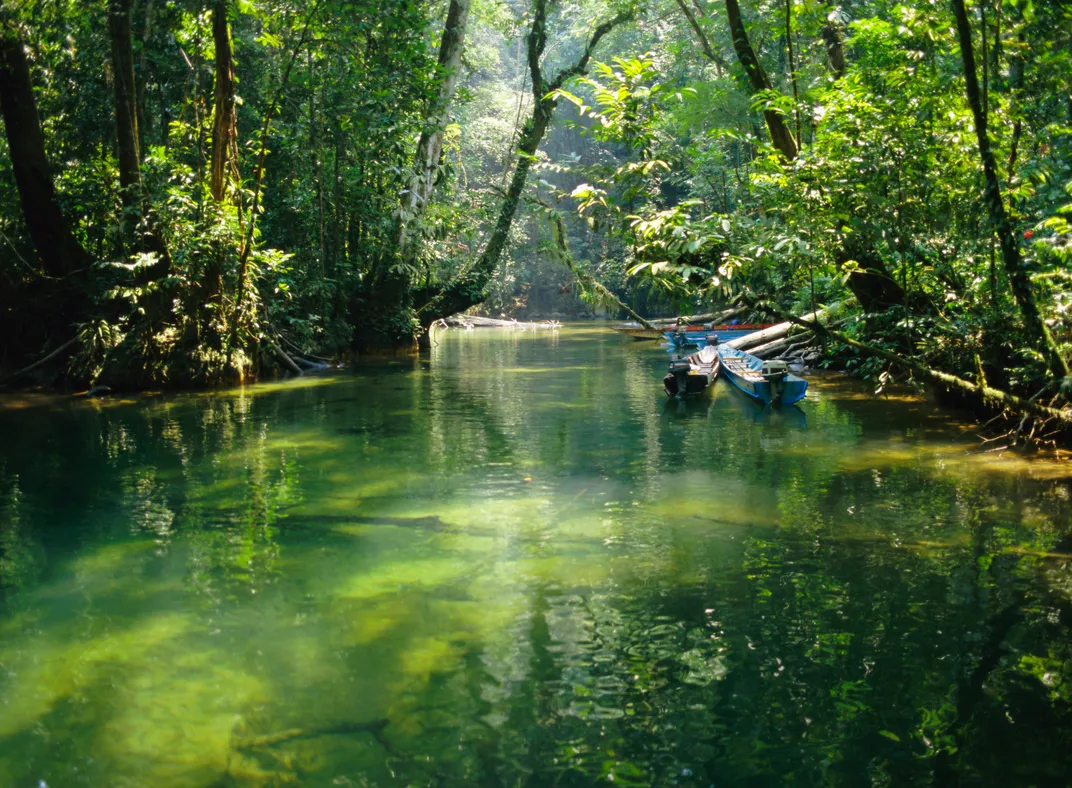
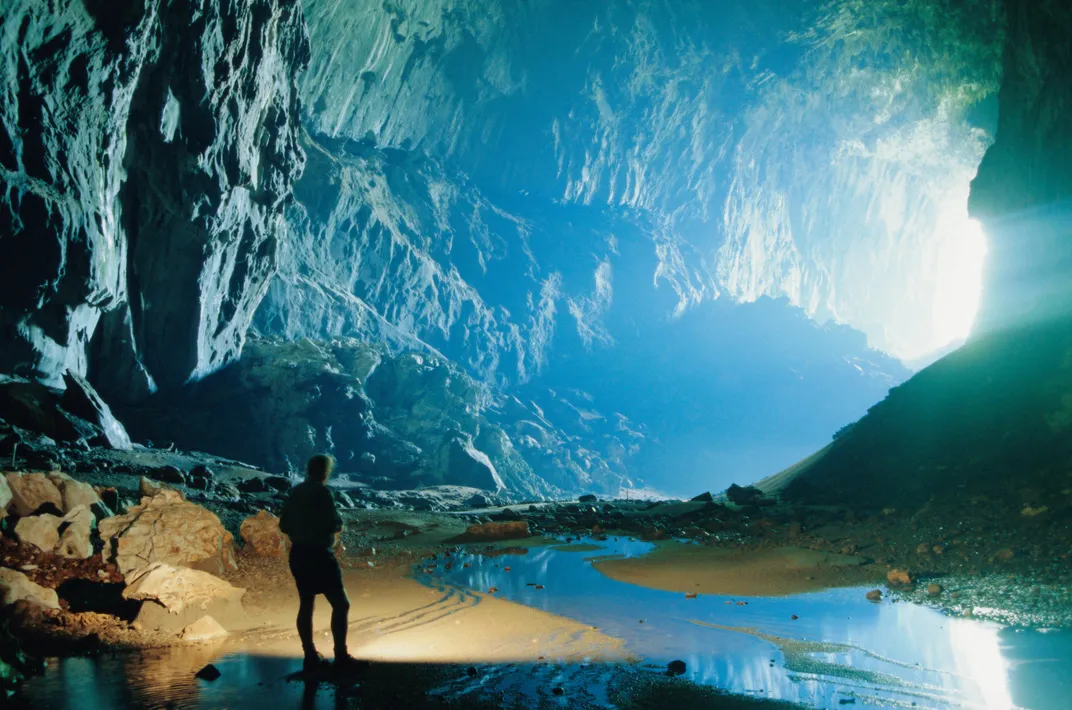
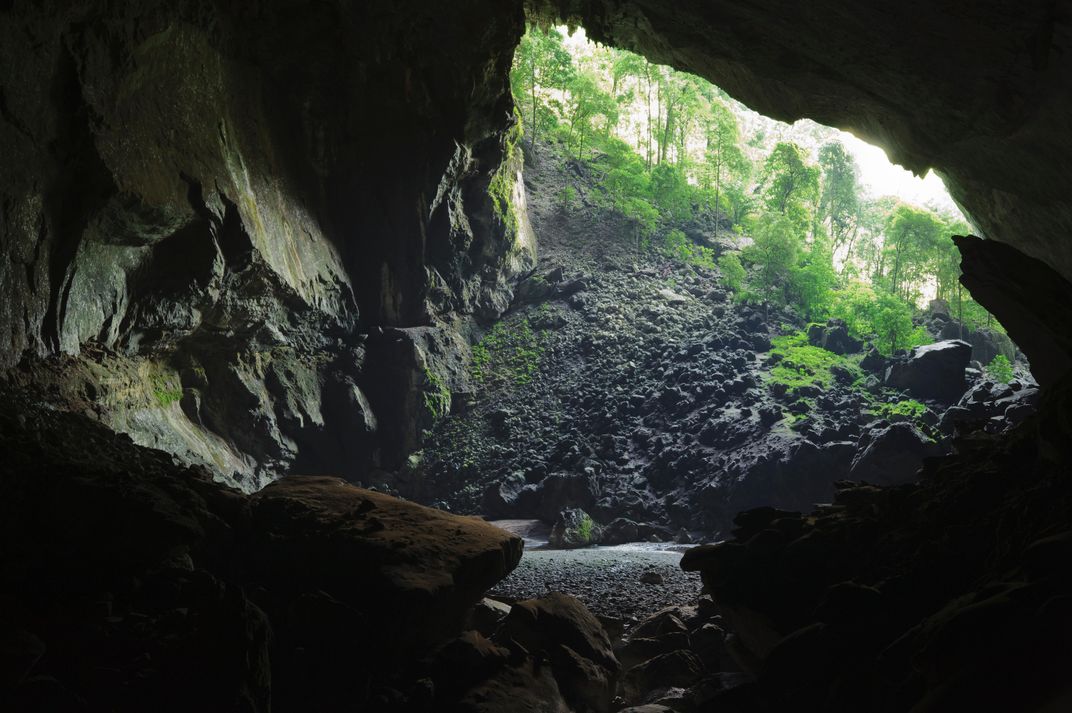
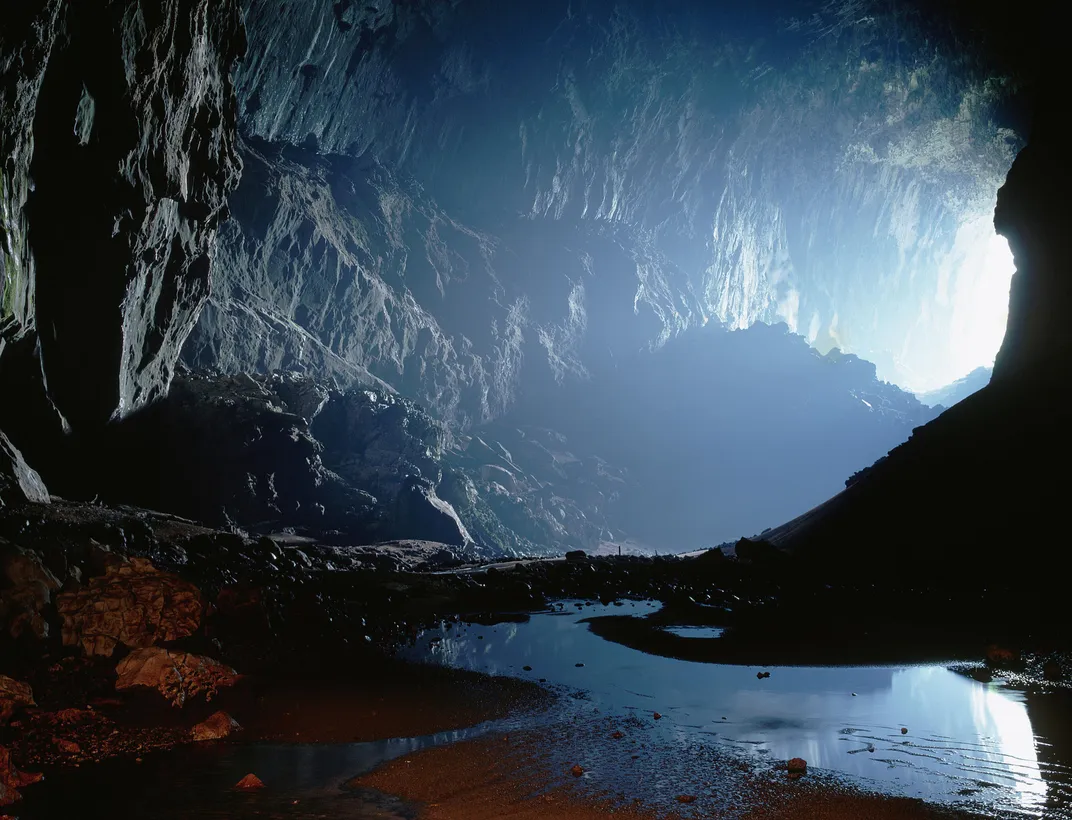
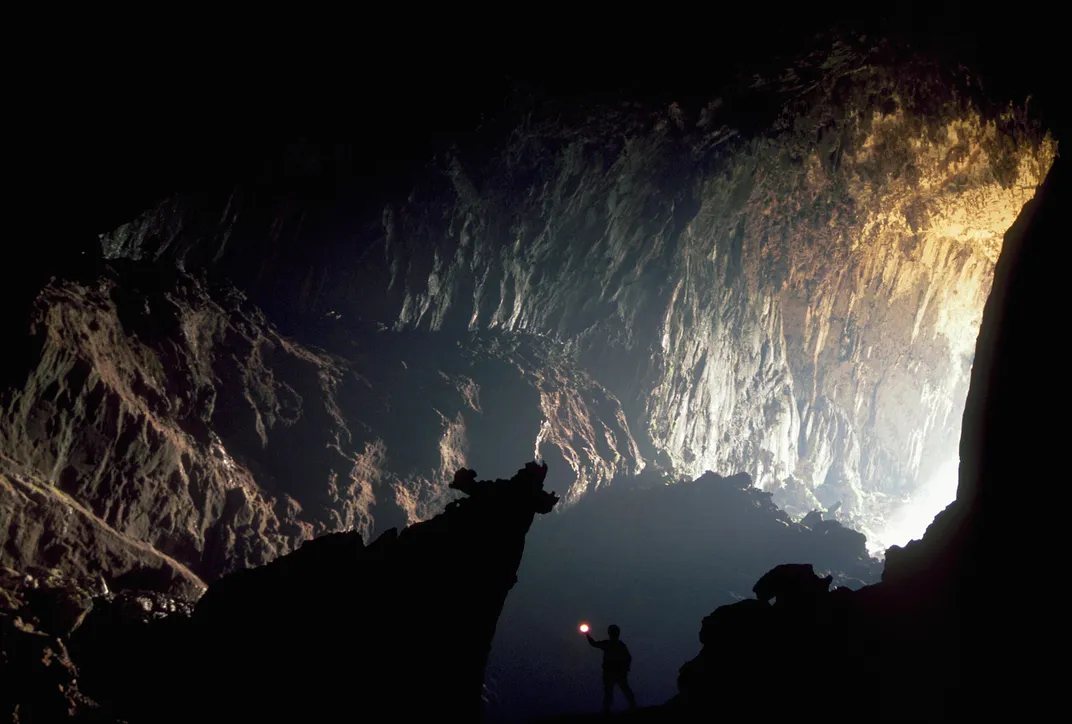
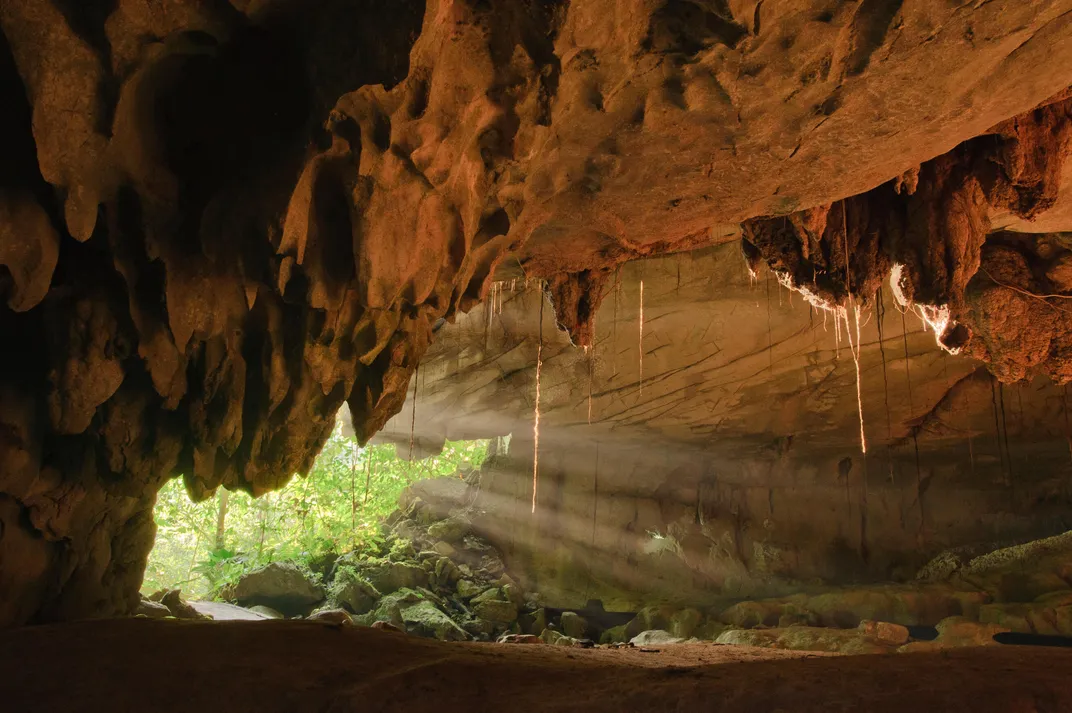

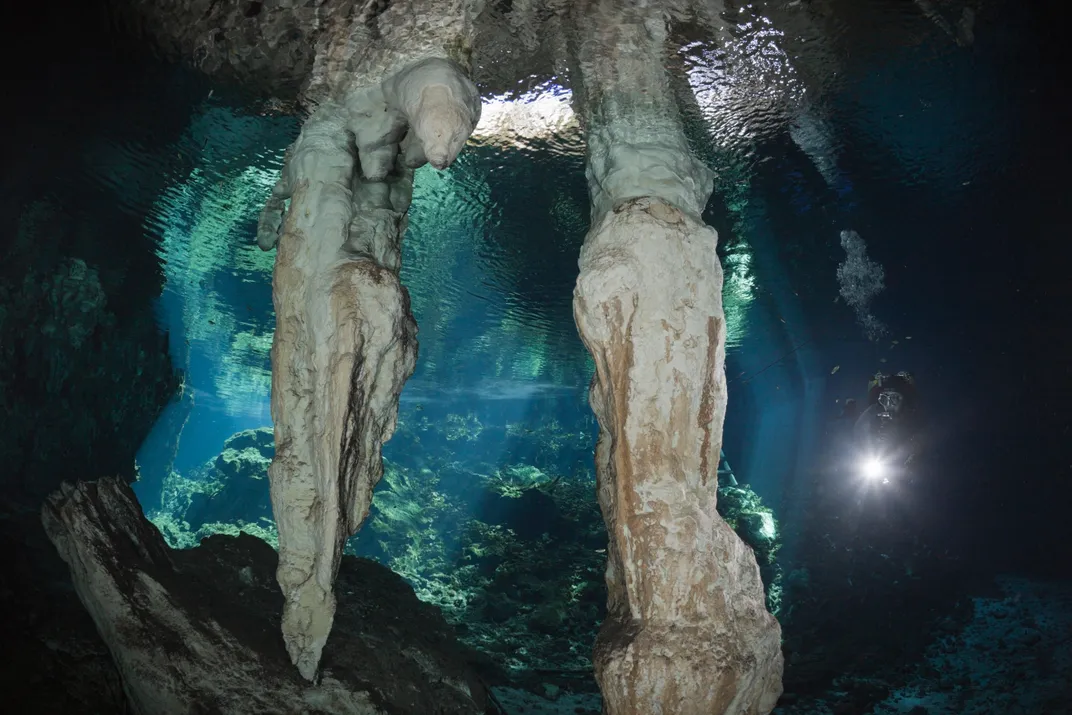
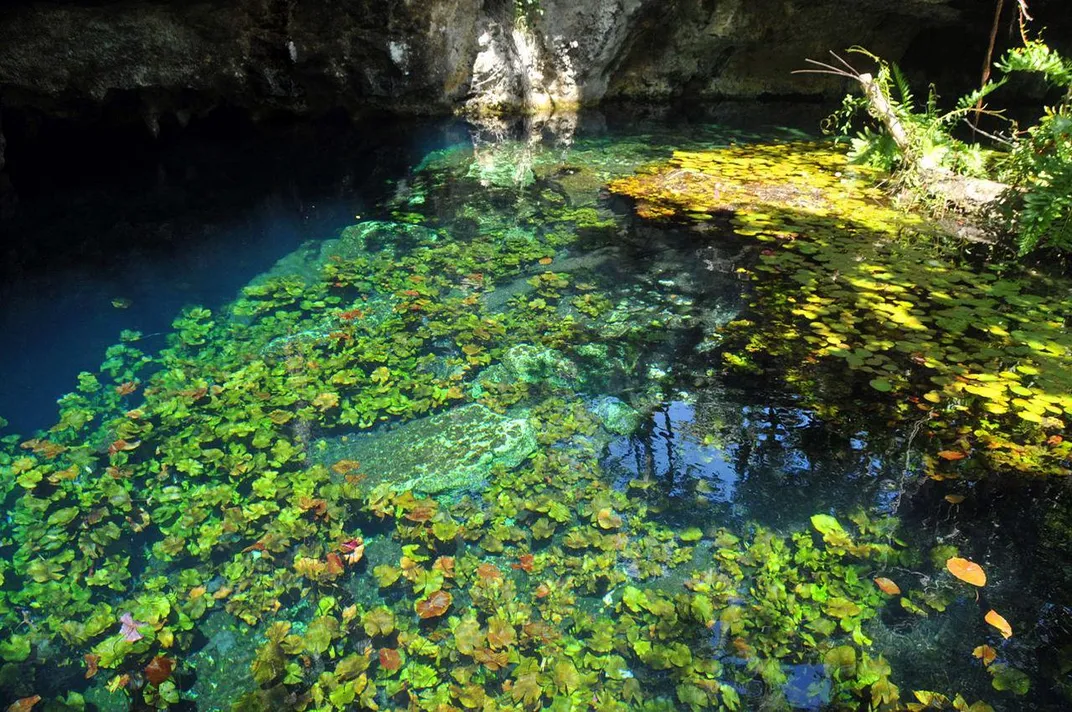
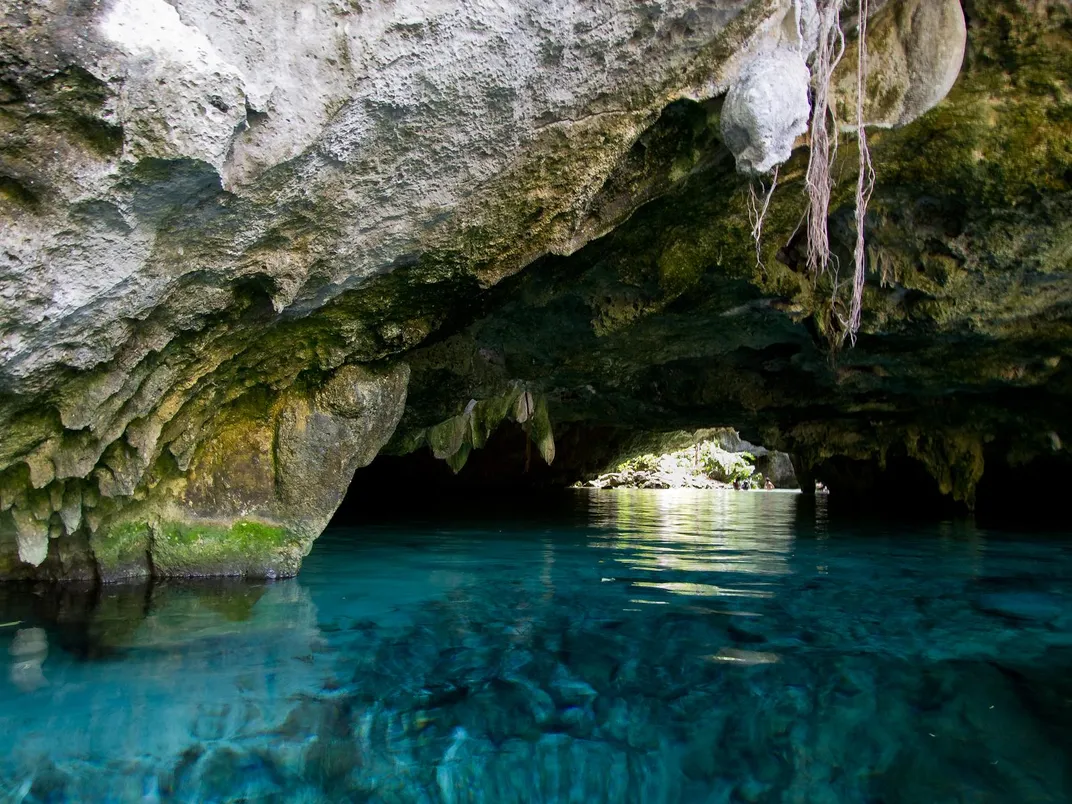
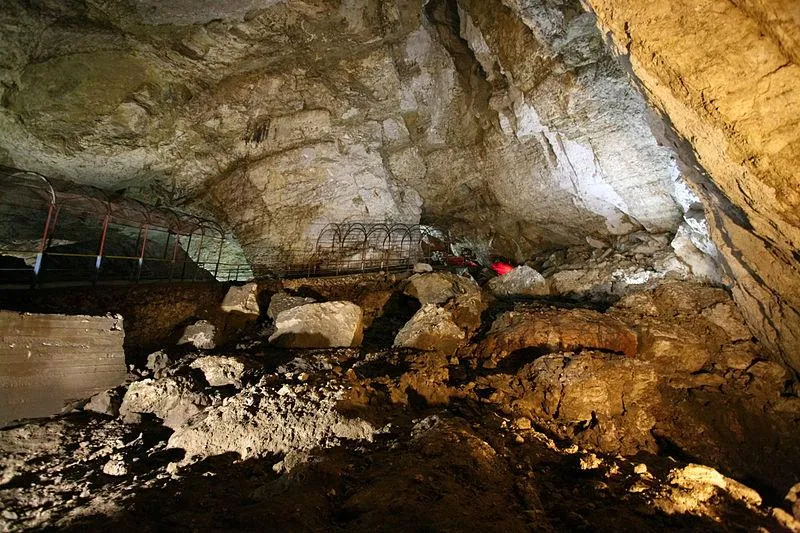
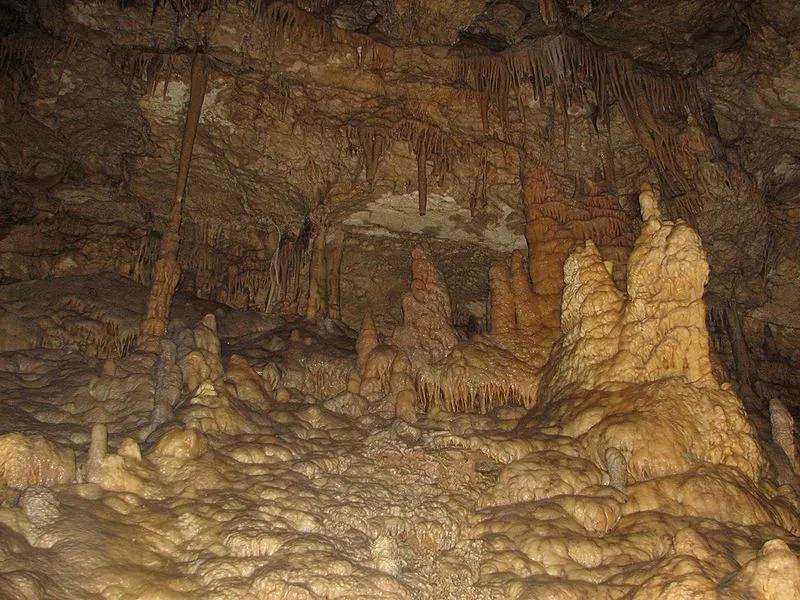
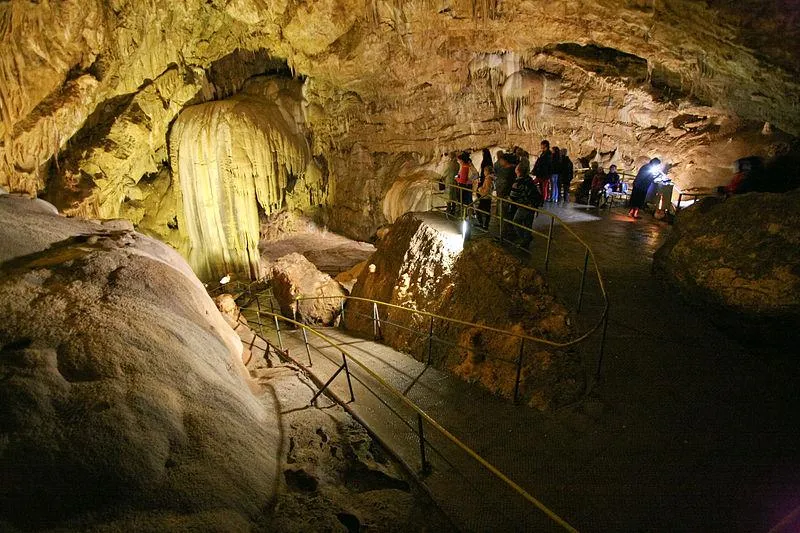
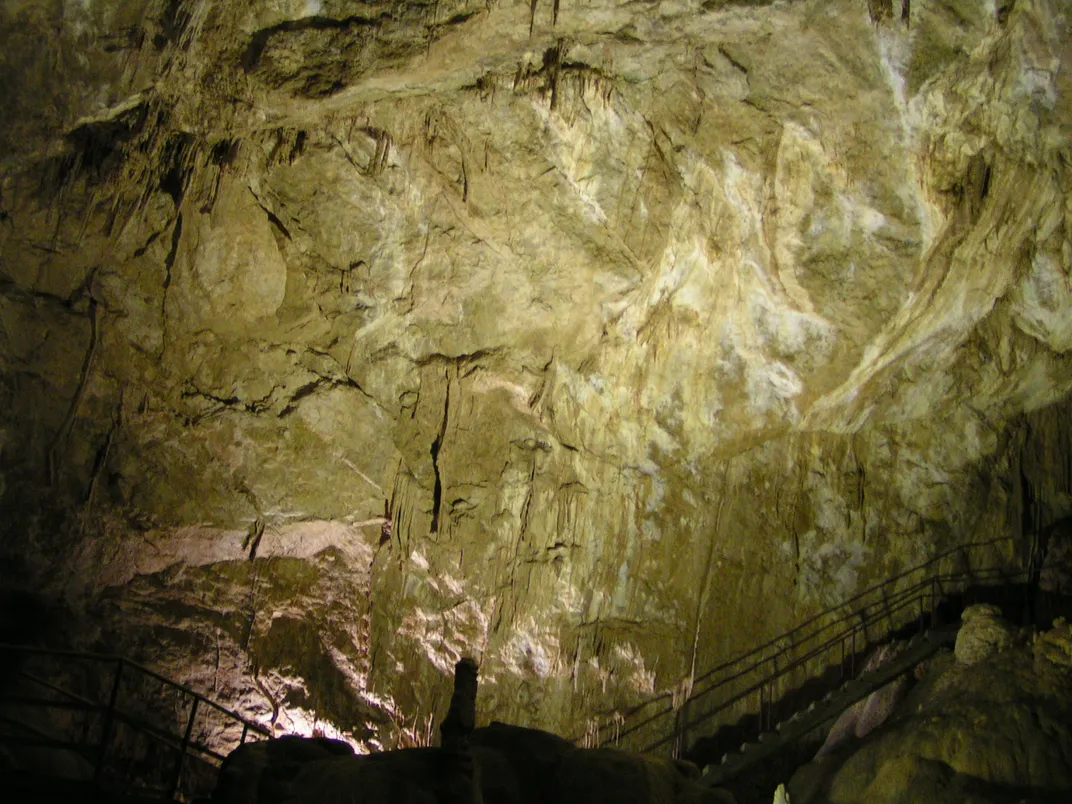
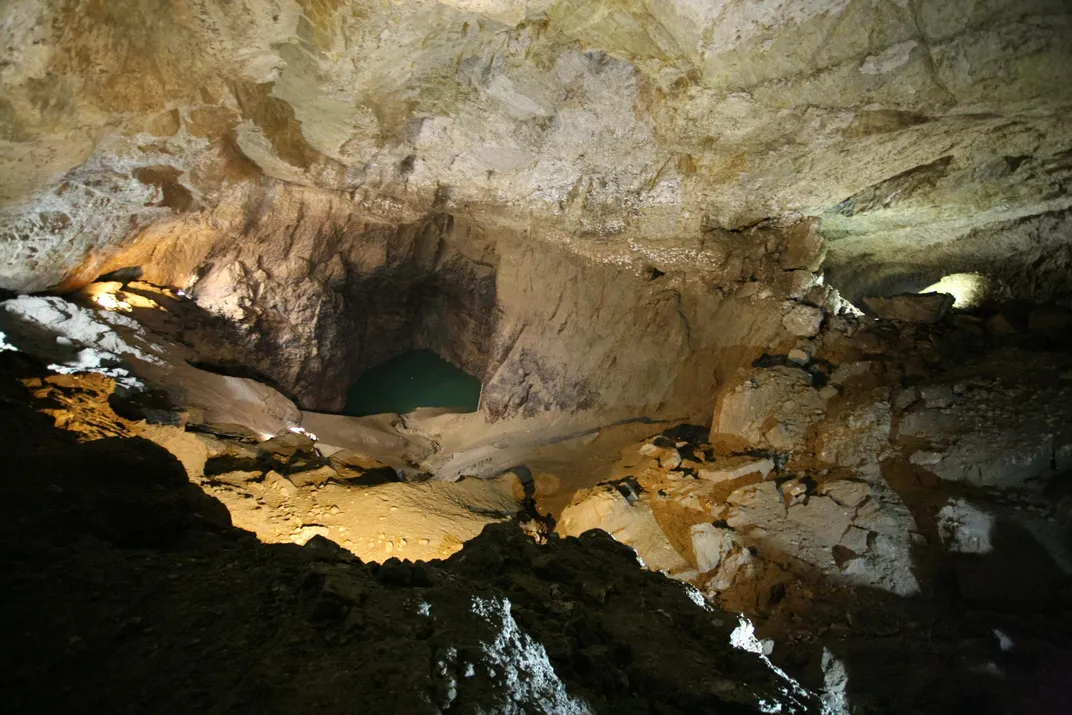
/https://tf-cmsv2-smithsonianmag-media.s3.amazonaws.com/accounts/headshot/natasha-geiling-240.jpg)